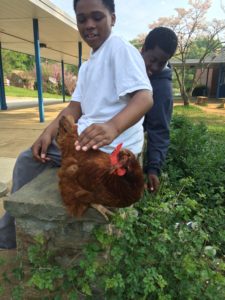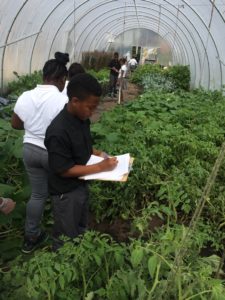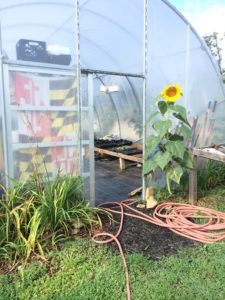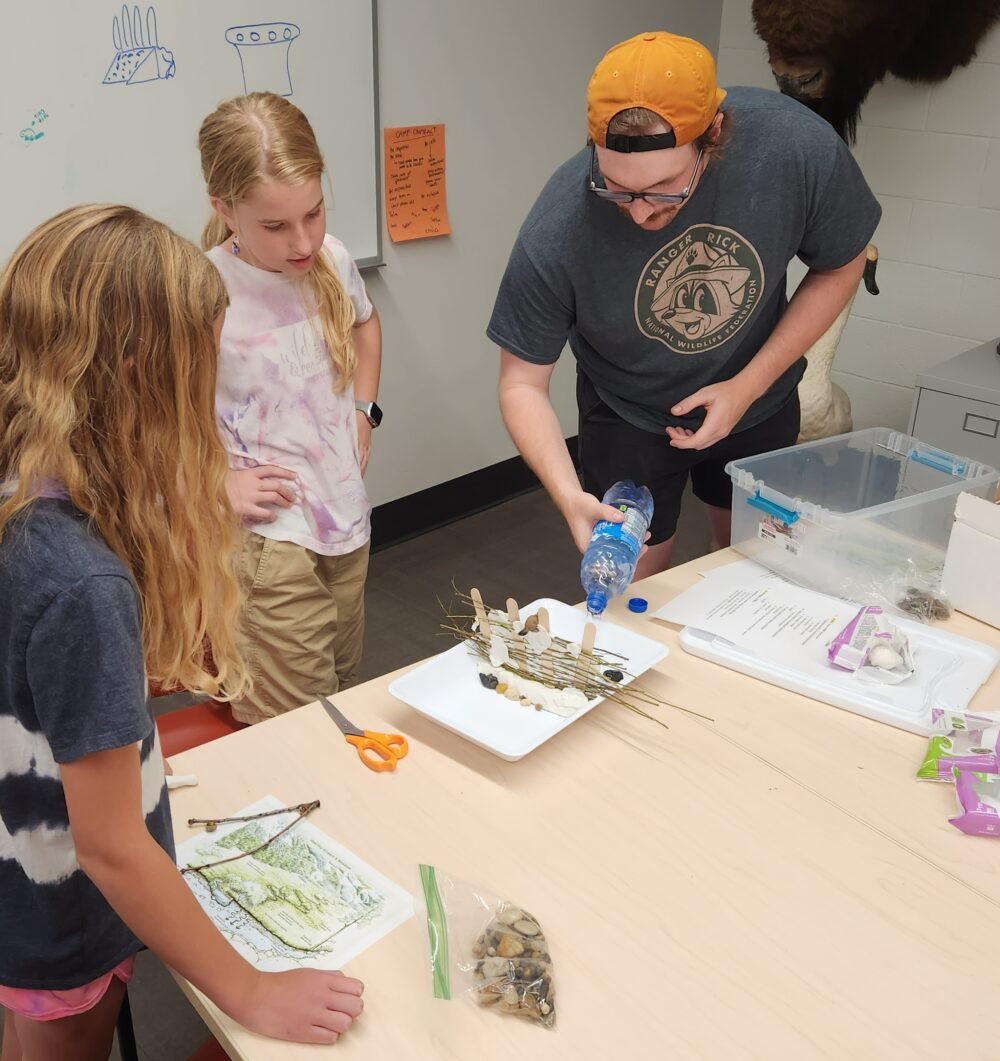We have much more to do and your continued support is needed now more than ever.
Baltimore: From Green Street to Main Street

Close to 10% of land within city limits is comprised of public green space where residents can learn and play, and wildlife can flourish. It’s a pretty good start, but continued efforts are needed to ensure long-term protection of biodiversity and improved watershed health in Baltimore.
The National Wildlife Federation (NWF) has spent the past three years working with Baltimore residents and community partners on locally-focused projects with the goal of increasing the amount of green space while simultaneously improving water quality, providing wildlife habitat, and beautifying Baltimore’s neighborhoods. We are excited to continue working to make Baltimore the largest Certified Community Wildlife Habitat in the Chesapeake Bay watershed.

Earlier this year, we completed installations of large-scale pollinator-friendly gardens in McElderry Park and Reservoir Hill. We also teamed up with the Baltimore Orioles and the Maryland Stadium Authority to design and plant a similar native plant garden, filled with orange blooms to provide habitat for orioles, other local birds, and butterflies right outside Oriole Park at Camden Yards.
Over the next three years, NWF is committed to growing our initial investment in Baltimore through an intentional focus on the Gwynns Falls watershed, where we will create a “Green Street to Main Street” corridor that connects wildlife habitat and its benefits to community members in Baltimore’s South and Southwest neighborhoods.
During the first phase of this project, we will install a large-scale demonstration schoolyard habitat at Green Street Academy. Other installations will feature stormwater-focused best management practices such as a rain garden and raised biofilter to treat runoff from the parking lot and rooftop, respectively. This project is supported by the Forest Service, the U.S. Environmental Protection Agency, and the Chesapeake Bay Program’s Small Watershed Grant program, which promotes community based efforts to develop conservation strategies to protect and restore the diverse natural resources of the Chesapeake Bay.
NWF will also be working closely with Baltimore City Public Schools, the Office of Sustainability, and the Maryland Association for Environmental and Outdoor Education (MAEOE) to recruit nine additional schools along the Gywnns Falls Trail. These schools will receive vouchers from Herring Run Nursery to support the installation of pollinator gardens on their school grounds, effectively creating a network of schoolyard habitats throughout Southwest Baltimore.

All participating schools will benefit from a series of teacher trainings that support the planning, installation, and care of school gardens and will emphasize the importance of experiential learning and stewardship of the Chesapeake Bay watershed. These workshops will be delivered by MAEOE in conjunction with NWF.
Other key community partners include the National Aquarium, Parks and People Foundation, and Research for Better Schools. If you have any questions, or would like to get involved, please contact Avalon Mehta at MehtaA@nwf.org or Holly Shields at ShieldsH@nwf.org from NWF’s Mid-Atlantic Regional Center.





















